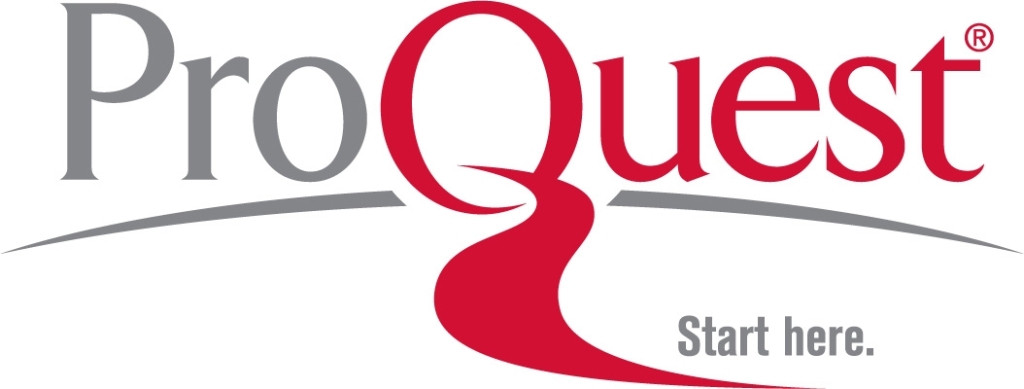Abstract
The aim of this study is investigating the cyberloafing behaviors of high school students in classes with regard to various variables and teachers' opinions. Study group of the research patterned with convergent parallel mixed method is composed of 819 high school students in total from 9 different schools. Five-factor "Cyberloafing Scale" developed by Akbulut, Dursun, Dönmez, and Şahin (2016) was used to collect the quantitative data. A semi-structured interview form was prepared to collect the qualitative data and this form handed out to a total of 18 teachers to be filled with the intent of supporting the information obtained from students. These teachers were giving lectures in different branches at each school. Independent-samples t-test, one-way ANOVA test, multiple comparison tests and Bonferroni Correction were used to control Type-I Error were used to analyze the quantitative data, and content analysis was used to analyze the qualitative data. While the analysis of quantitative data revealed that the variables of gender and type of school have a medium level significant impact on cyberloafing behaviors of students in classrooms, it shows a small level effect size and significant difference as regards to grade and average time spent on social networks. However, within the framework of the opinions received from teachers in the research, the reasons for cyberloafing behaviors of students in classrooms were determined as the education process and socio-psychological factors and it was also founded that cyberloafing behaviors in classrooms generally affect academic achievements of students and their interest in the course in a negative way. Participants of the research have also stated that the cyberloafing behaviors of students in classes lead to negativities such as diminishing motivation of their classmates and teachers, causing distractibility and distorting the lessons.
Keywords
Cyberloafing, Cyberslacking, ICT, Mobile technology, High school
DOI: http://dx.doi.org/10.15390/EB.2019.8419







